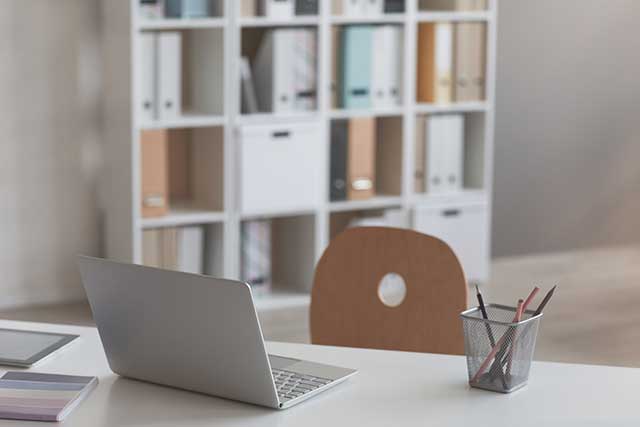Employee satisfaction and productivity are closely linked to the quality of the working environment. A well-structured office fosters engagement, supports well-being, and encourages collaboration. By refining office design, businesses can create an atmosphere that meets employee needs and enhances overall efficiency.
So, how exactly does an optimised workspace benefit both employees and the company? Keep reading to find out!
Evaluating Current Office Layout
Understanding how an office functions is the first step toward meaningful improvements. Observing how different areas are used helps identify inefficiencies, such as overcrowded spaces or unused corners. Employee feedback is equally valuable—knowing what workers find helpful or limiting informs better decisions about changes. By assessing workflow patterns, companies can make targeted adjustments that have a direct impact on performance.
Incorporating Flexible Work Areas
Different tasks require different environments. While some employees thrive in open, collaborative spaces, others need quiet zones for focused work. A balanced office design provides a mix of spaces that accommodate varying work styles. This could include breakout areas for discussions, private booths for concentration, and communal lounges for informal meetings. Offering these options ensures employees have the right setting to be productive throughout the day.
Enhancing Natural Light and Air Quality
Workspaces with ample natural light tend to improve employee mood and energy levels. Positioning desks near windows and using glass partitions can help distribute light effectively. Air quality also plays a key role—proper ventilation and the inclusion of indoor plants contribute to a fresher, healthier office environment. Companies that prioritise these elements often see a reduction in fatigue and an increase in overall comfort.
Investing in Ergonomic Solutions
Sitting for long hours can lead to discomfort and strain. Adjustable desks, supportive chairs, and properly positioned monitors reduce the risk of musculoskeletal issues. Encouraging employees to move throughout the day—whether by using standing desks or taking short breaks—helps maintain physical well-being. Providing ergonomic tools is a practical step toward fostering a healthier workplace.
Upgrading Office Space with Professional Services
Businesses that want a complete transformation may benefit from expert guidance. For example, companies seeking office space in Glasgow often work with professional fit-out specialists, such as Anchorpoint Interiors, to create optimised work environments. A well-planned fit-out can improve workflow, modernise interiors, and align the workspace with business goals. Whether in Glasgow or elsewhere, tailored office solutions help maximise space and functionality while ensuring an aesthetically appealing setting.
Integrating Technology for Efficiency
A workplace should support seamless collaboration, whether teams are in the office or working remotely. Reliable Wi-Fi, modern meeting spaces, and integrated digital tools facilitate smooth communication. Equipping conference rooms with video conferencing capabilities and ensuring strong connectivity enhances overall efficiency. Investing in user-friendly technology improves daily operations and reduces workplace frustrations.
Reflecting Company Identity in Office Design
Office interiors should represent a company’s values and culture. The choice of colours, materials, and layout can influence employee engagement and reinforce brand identity. An organisation that values teamwork might prioritise open-plan areas, while one that focuses on innovation may include creative spaces for brainstorming. Thoughtful design choices contribute to a sense of belonging among employees.
Emphasising Sustainability in Workplace Improvements
Sustainable office improvements benefit the environment and appeal to employees who prioritise eco-conscious practices. Using energy-efficient lighting, minimising waste, and incorporating recycled materials are effective ways to reduce environmental impact. Green initiatives, such as reducing single-use plastics in the office, can also contribute to a workplace culture that values sustainability.
Enhancing Employee Experience Through Smart Office Design
A well-designed office has a direct influence on motivation, productivity, and overall job satisfaction. By assessing current layouts, incorporating flexible spaces, improving lighting and air quality, investing in ergonomic furniture, integrating technology, and embracing sustainability, businesses can create an environment where employees thrive. Whether making small adjustments or undergoing a complete office revamp, workspace improvements are an investment in long-term success.

